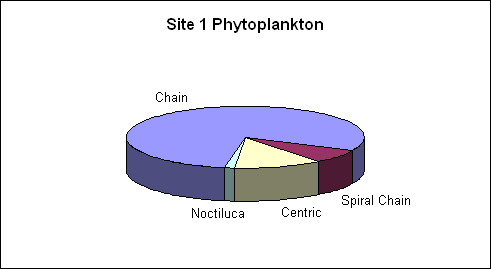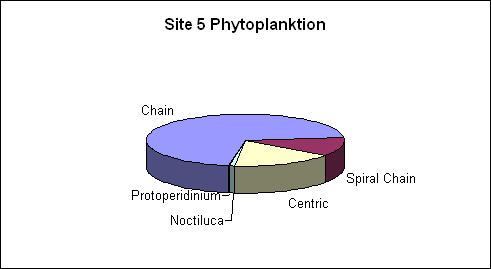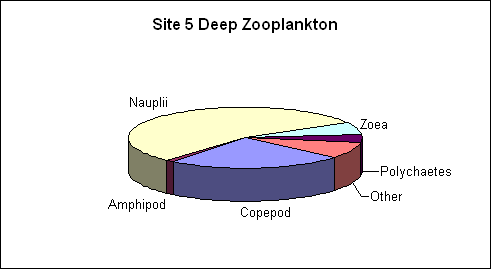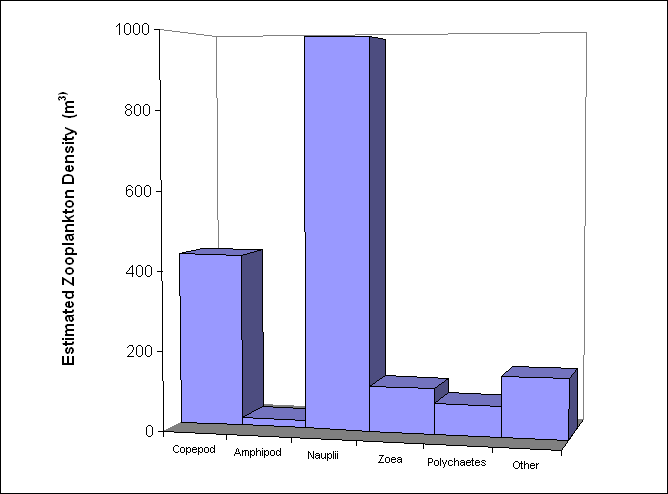Quartermaster Harbor
Data Repository:
Of particular interest in Quartermaster Harbor is the yearly summer bloom of the toxic
dinoflagellate Alexandrium catenella. While there are many toxic dinoflagellate species worldwide, 9 particular species can
cause paralytic shellfish poisoning (PSP) including A. catenella. During blooms of toxic algal species, shellfish retain
the toxins after feeding on the dinoflagellates and can pass the toxin on to humans and other marine life (Mudie et al. 2002). PSP levels in shellfish are associated with seasonal changes
in temperature and environmental conditions. Summer warming of the mixed layer to ~13° C and reduced turbulence results in enhanced growth
rates and upward migration of A. catenella, leading to increased risks of PSP (Nishitani and Chew 1984).
Worldwide there
are 300 deaths each year due to PSP with monetary damages to shellfisheries in the millions (Mudie et al. 2002). Washington
State monitors sites bi-weekly throughout the Puget Sound for high bio-toxins in shellfish beginning in the 1930's (Determan 2003).
Currently over forty sites, including Quartermaster Harbor, are monitored by the Department of Health using bio-assays at a
high financial cost to taxpayers. Quartermaster Harbor is a site of past and current research into harmful algal blooms (HAB's) due to the importance of
sheltered bays and reduced turbulence on dinoflagellate blooms (Nishitani and Chew 1984).
Phytoplankton density was greatest at station 5 with 88.0 per mL, while
sites 1 and 3 had densities of 12.5 per mL and 16.9 per mL respectively. These numbers do not include the chain diatom
Proboscia alata, which was too numerous to count in stations 1 and 3, while being completely absent at station 5.
Actual phytoplankton density is likely higher at stations 1 and 3 due to the inability to count Proboscia alata and is supported by fluorometer data
showing higher fluorescence at stations 1 and 3 compared to station 5. The
warmer temperatures at stations 1 and 3 may have caused a bloom of P. alata within Quartermaster Harbor. This may be because station 5 maintains cooler water temperatures which were not as conducive as conditions at stations 1 and 3. The overall distributions of phytoplankton and zooplankton species can be seen in above graphs.









